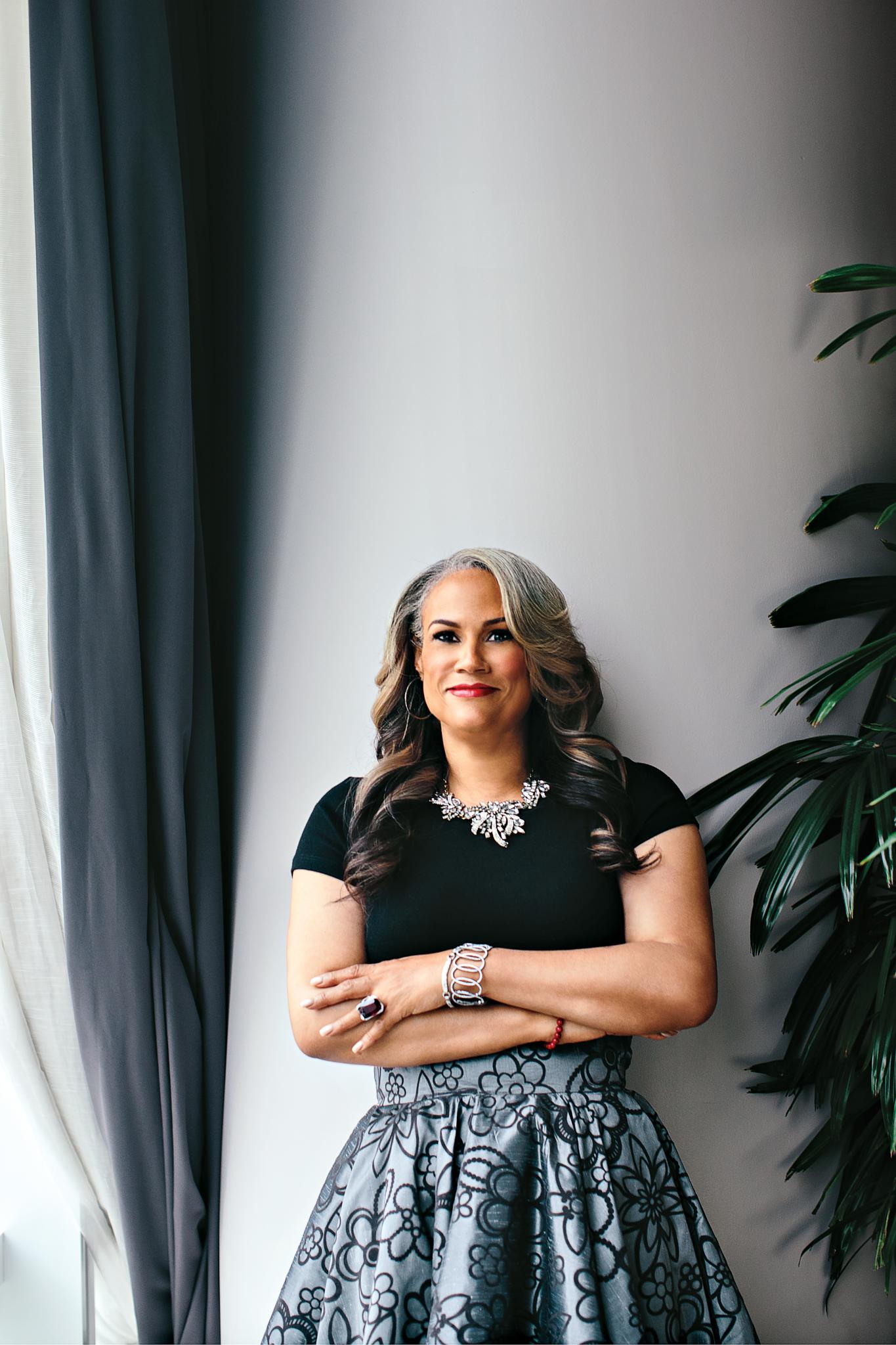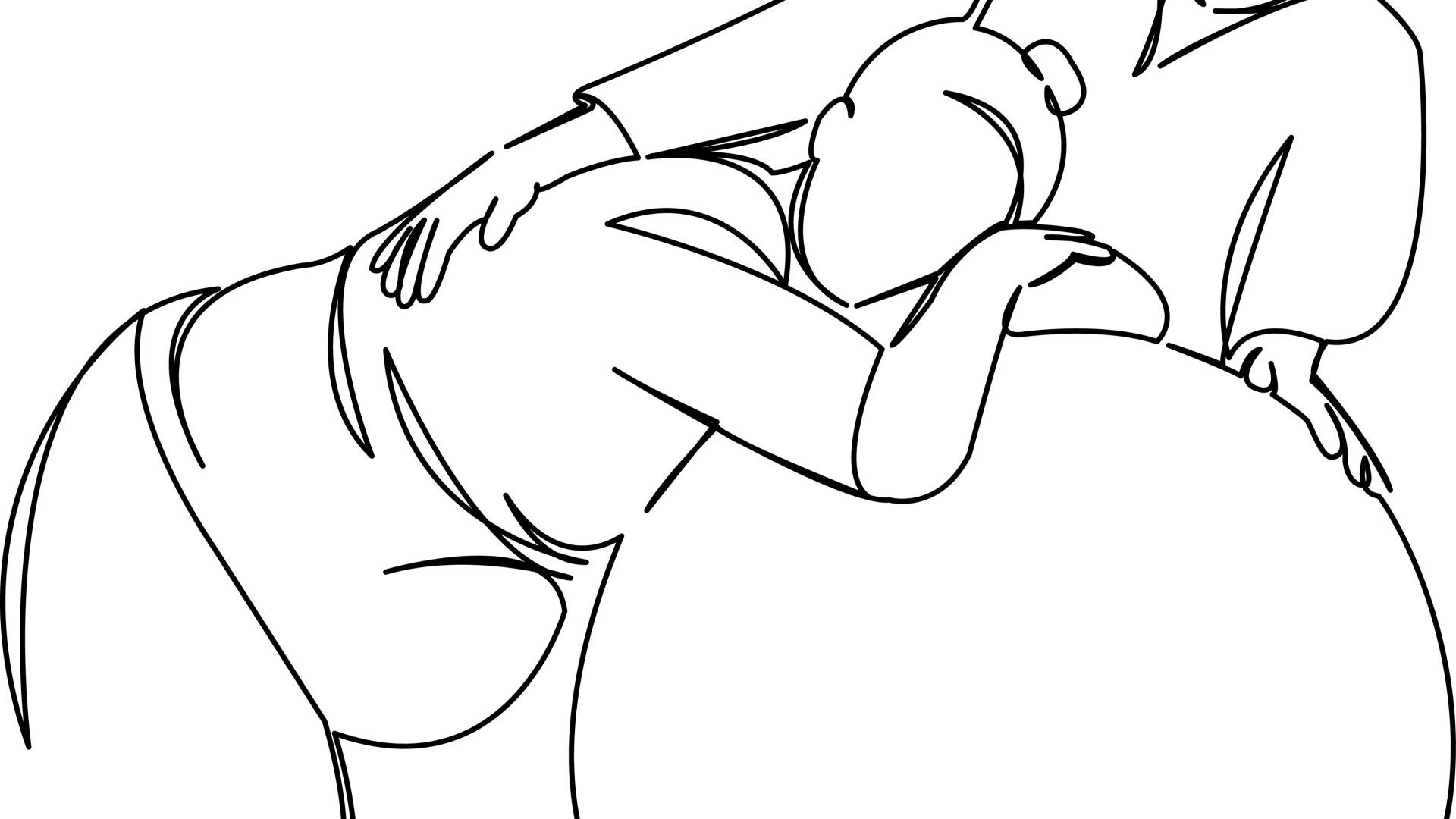
“I’m young, I’m educated, I’m drug-free, and I’m dying of AIDS.” Gorgeous, with a direct gaze, Rae Lewis-Thornton broadcast her status on the cover of ESSENCE, two weeks after telling her family. It was 1994 when even White children with the virus like Ryan White faced ostracism. So a Black woman unapologetically sharing she got HIV through sex rocked the community.
“People told me I saved their lives,” Lewis-Thornton recalls. “Women shared that I made them rethink dating and sex because they could have been me.”
That the former political organizer has written three books, won an Emmy, become a minister, designed jewelry and educated millions as an AIDS activist since her cover story is remarkable. That Lewis-Thornton is breathing 20 years after she was told she’d be lucky to see three more birthdays is a miracle. “I should have died many times,” says Lewis-Thornton, now 54 and living in Chicago. “Most people infected at the time I was are dead.”
The disease was already making Lewis-Thornton sick when the magazine hit newsstands. Yet the instant fame allowed her to fulfill her mission as an HIV activist. “My goal was to speak to as many people as I could before I died,” she remembers.
In between profiles for Dateline and a series on living with AIDS for CBS Chicago that won her an Emmy, she battled diarrhea, nausea and other complications associated with her illness. “By 1996, my T-cell count was 8 and my viral load was 397,000,” says Lewis-Thornton. With the advent of new medications such as protease inhibitors, which prevent HIV cells from multiplying, death rates for AIDS started declining. She began taking the medicine in 1997. “My stomach was constantly upset.” Lewis-Thornton remembers the day she was dining in a pin-striped St. John suit and poop slid down her leg. She excused herself to the ladies’ room, where she washed her clothes in the sink, retouched her makeup, then returned and finished her meal.
“It’s about maintaining dignity when your back is against the wall,” she says. When the discomfort seemed too much, Lewis-Thornton called her doctor, Mardge Cohen, M.D., a leading AIDS researcher. “I told her, ‘I quit.’ She said, ‘You can’t quit.’ What I heard was, ‘If you quit, you will die.’ It shook something in me. I didn’t want to die.” Lewis-Thornton committed to doing whatever it took to live. “Many people had to stay alive until better medicines were available, and that was hard to do physically,” Cohen says. “Rae is in a class by herself because of her desire to sustain.” New medicines arrived with new issues. Kaletra gave Lewis-Thornton kidney stones and Saquinavir caused violent dreams. “I held on,” she remembers. “Then I looked up and I was still alive.”
LESSONS ON LOVE
Rae Lewis-Thornton was a newlywed when her ESSENCE cover hit newsstands. “When we got married, my husband would say his ministry was to watch me die, and when I died he was going to travel the country sharing his story as my caregiver,” she says. As her health improved, the marriage deteriorated. “I didn’t want to die alone, so I thought God had sent somebody to watch me,” she says. “Women can make themselves believe crazy things to keep a man.” The couple divorced after four years of marriage.
It wasn’t the first heartbreak for Lewis-Thornton. The daughter of two heroin addicts was raised and abused by her late grandfather’s third wife. Lewis-Thornton had been molested by four relatives by her tenth birthday. At 17, she began caring for herself. “I was always looking for someone to love me, and that led me to HIV,” she says. “I wasn’t promiscuous. I never had a one-night stand or sex on the first date. The problem is the earlier you start having sex and the longer you date, you accumulate sexual partners, creating more risk for HIV and other diseases.”
Lewis-Thornton found out she was HIV-positive from a blood drive she had organized. Back then, she wasn’t sure who gave her the virus. After notifying past lovers of her status, none responded. “Then [one of them] started to die,” she says. Lewis-Thornton says the man who infected her is a celebrity. All the details of life before and after HIV are in her memoir, Unprotected, slated for release on National Women and Girls HIV/AIDS Awareness Day next March.
SAVING OURSELVES
Black women are still being infected at an alarming rate and account for 64 percent of all infected women in the United States. Like Lewis-Thornton, most Black women contract the virus from a man they are dating. Though infection rates are declining slowly, still 1 in 32 Black women will be infected with HIV in her lifetime. The CDC’s “Take Charge. Take the Test” campaign aims to lower rates. Lewis-Thornton took on the issue, hosting F*king Fridays on her Web site, raelewisthornton.com, asking who would get the virus over the weekend.
“God has gifted me to talk about my life in a way that enriches others,” she says. Lewis-Thornton documents her journey online and on social media @raelt. There are the women infected in South Africa who e-mail her, and the Black men in America who share their status with her but haven’t told their own mothers. When actress and activist Sheryl Lee Ralph heard Lewis-Thornton speak, she was inspired to write her one-woman show Sometimes I Cry, about women affected by the virus. “People have sometimes been unkind to her,” Ralph says. “I’ve seen her make up her mind to live.”
Lewis-Thornton doesn’t hold back on her deep valleys, including battles with depression, dismissal from her sorority over tweets and the physical and psychological warfare with AIDS. One common side effect of long-term HIV medication is lipodystrophy, where fat from the face and bottom is redistributed to other places, including the back, neck and stomach. The condition occurs in up to half of those infected with HIV. “One day my body reshaped itself without my permission,” the fashion lover says. She saw her size 6 frame transform into a broad-shouldered size 14 on top and a size 4 in the waist. “None of my clothes fit. I worked hard to reshape my body,” she recalls. She also had fat buildup under her chin. A dermatologist at her AIDS clinic performed liposuction. “I still have a slight pouch,” she says. “It’s a visible reminder I have HIV.”
Each day brings financial responsibilities. “When you have no expectation to live, you don’t think about saving,” Lewis-Thornton admits. She earned a Master of Divinity degree, but speaking gigs—her main income source—dried up during the recession. “When my dog got sick this summer, I sold my clothes on eBay.”
Through it all, Lewis-Thornton remains stunning, but she doesn’t want her fierceness to fool you. “You look at me and say, ‘She’s fabulous.’ You really don’t want to manage this disease. Be safe,” she says. A good day for Lewis-Thornton includes taking her 15 pills, enjoying tea time, posting on her blog, making jewelry and cuddling with her dog, Chloé. “I’m grateful God kept me here long enough so that I can really be comfortable in my skin.”
This story was originally published in the Decemeber 2014 issue of ESSENCE, on newsstands now.







